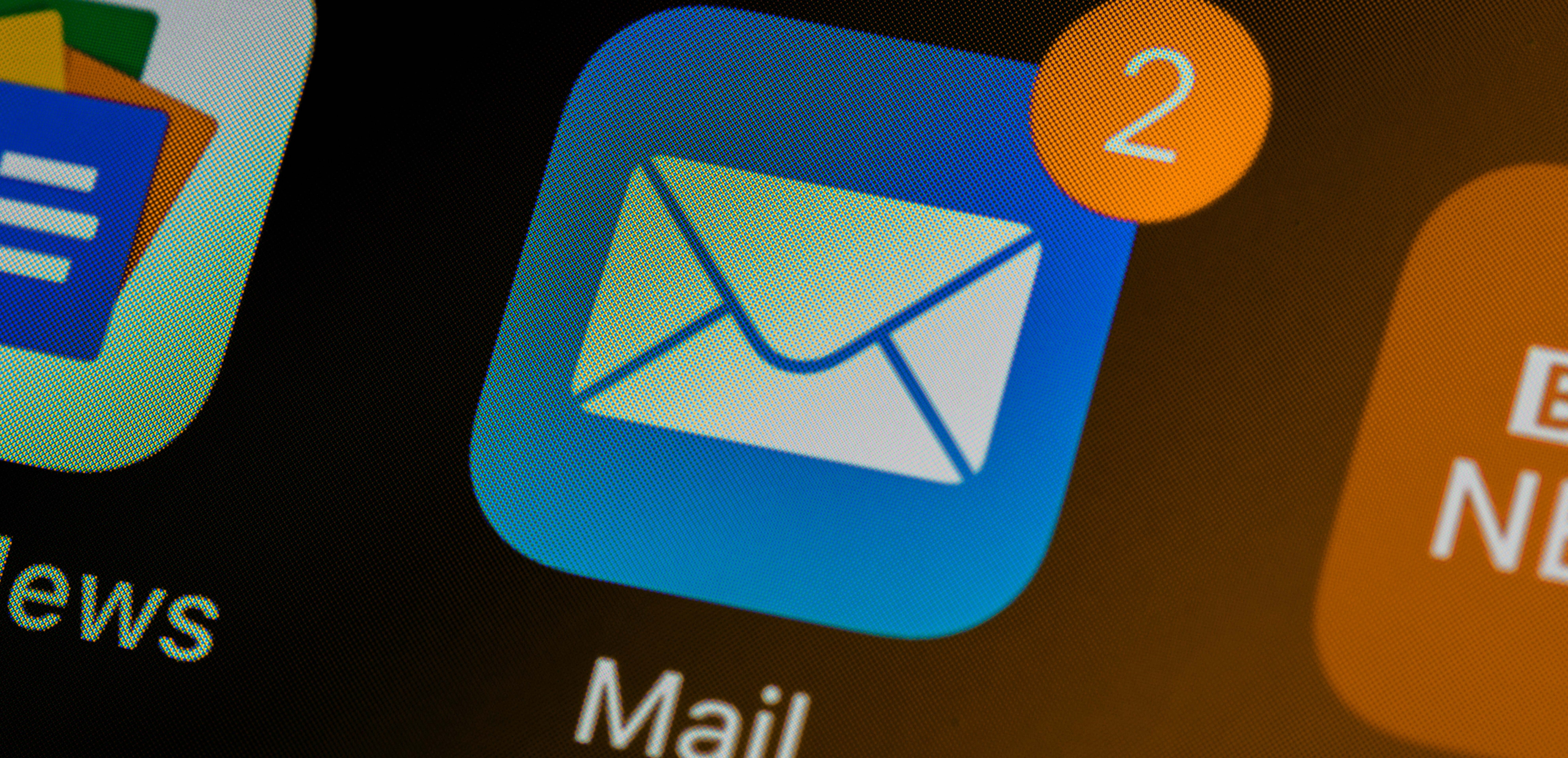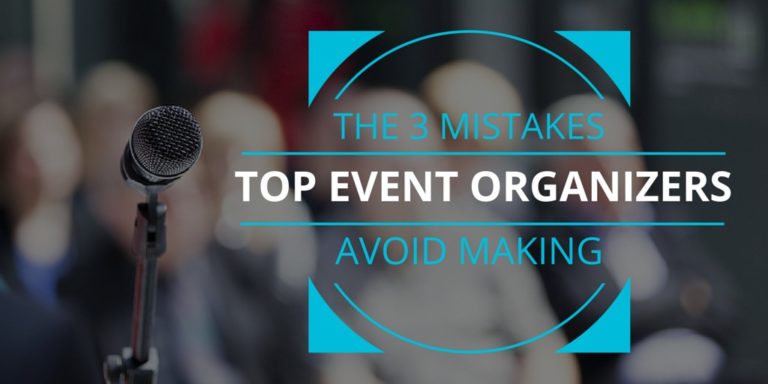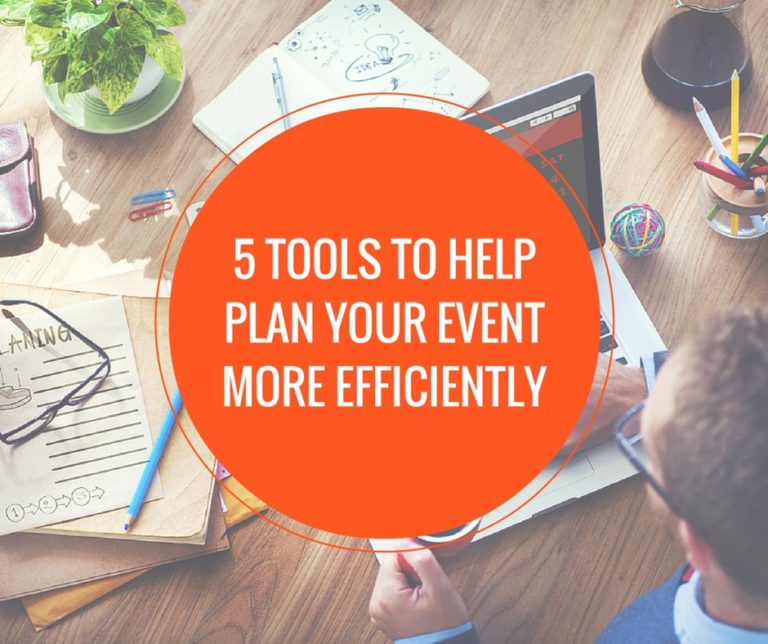As an event organizer, you know just how important it is to communicate with attendees efficiently. With the latest batch of email features from Events.com, communicating with your event attendees will be more efficient than ever. Whether you’re planning a smaller local gathering or a large-scale event, you’re sure to find something to make interacting with guests simpler.
These email product updates will help you take your event management to the next level. Once you start incorporating these tools into your event organization strategy, you’ll wonder how you made it this far without them.
Why Is Email Important for Event Organizers?
Communication is the key to any relationship, including the one between an event’s organizer and its attendees. But when your event is bringing in guests from different cities, states, or even countries, keeping those lines of communication open can be tricky. But what better way to communicate from a distance than email?
If emailing doesn’t already play an important role in your event management strategy, here are a few reasons why it should.
Cheaper and Faster than Snail Mail
Currently, a USPS Forever stamp costs 55 cents. However, if you were planning a massive event with hundreds or even thousands of attendees, the cost of postage to send invitations via snail mail would cut a pretty significant chunk out of your budget. If you needed to send out updates closer to the time of the event, the costs would be even higher.
Depending on where your recipient is located, it takes the postal service days to deliver a letter or package. When you add in the recipient’s response time, it could be up to two weeks before you get a reply. Envelopes can tend to get lost in the shuffle too, and if that happens to your mail-outs, you’ll need to factor in a few extra days for them to be delivered once they’re found.
Your email, however, will reach the recipient’s inbox in a matter of seconds, whether they’re sitting a few desks away from you in the office or on the other side of the globe. There’s also a low chance of an email being lost and the conversation being interrupted…unless you’ve typed the email address incorrectly, that is. And even in that case, the message is typically returned to the sender just as quickly.
If speed is your main priority when communicating, sending mail the old-fashioned way may not have even crossed your mind in the first place. Therefore, you may lean toward text messaging as your means of connecting with attendees. Texting is faster than email. However, a text sent to someone for business purposes may seem intrusive to the recipient; it may immediately divert their attention. An email, however, can be opened whenever the attendee chooses, making it less of an interruption.
Convenient for Record-keeping
Not only is email fast, but it’s also easier to keep organized than pretty much any other form of mass communication.
If all your communication occurs via phone conversation, there are only two methods for you to keep a record of the discussion: transcribe every word as it was said or record the chat with an audio recorder. But even if you did manage to make one of those methods work for your record-keeping, you’d still have to skim through pages of transcriptions and hours of audio recordings. It’s possible, yes, but not exactly the most efficient way to keep your records up-to-date.
Keeping track of the direct mail paper trail can be just as difficult, as you’ll have to hold onto every note received and make copies of each one sent and make sure they stay in the correct order. There’s also the risk of losing important information if you misplace one of the papers.
Not only are email conversations dated and listed in the correct order, but they can also be searched by topic, sender, or date within your inbox. This makes it much simpler to locate what you need and saves you the hassle of sifting through piles of paper. Also, unless you manually delete your email threads, the conversations will remain in your inbox forever. Thus, the information you’re searching for is readily available as long as you want it to be.
4 Email Features to Streamline Communication
Even with these benefits, as an event organizer, you might find that standard email communication doesn’t always scale easily to your needs. But with the latest email product launch from Events.com, you have access to a selection of convenient new features that make staying in touch a breeze.
Here are just a few of the newest email features. You just may find that one—or all!—of the tools included is exactly what you need.
1. Emailing Active Attendees
After months of planning and preparation, the time for your event has come. Attendees were likely given all the general information at the time of registration or ticket purchase, but what if you need to provide real-time updates about what’s going on? How can you communicate with your guests quickly?
With the Email Active Attendees feature, you can avoid the trouble of manually selecting the attendees from your email list every time you need to communicate with your guests. Plus, it keeps those who transferred or canceled their ticket to the event from getting an unwanted message.
Before you use this feature, be sure to request access to it from the Customer Success team. Then, you’ll log into your Events.com account, select your event, and click People to get to your list of attendees. The Attendees Action drop-down tool on the right side of the screen gives you the option to email those who are coming to your event.
You can even customize these emails with photos, stylized fonts, links, lists, and more.
2. Offering E-Waivers
Depending on the nature of your event, you may need to provide your guests with waivers. Waivers are an important legal and record-keeping tool, but the stack of papers you’ll need to collect before the event can become more than a little cumbersome. And filing them afterward? As if event management wasn’t time-consuming enough!
Paperless is the way to go, and the second of Events.com’s new email features makes sending digital waivers to your guests a breeze.
To use this event management tool, just click on the Event Details button on the left navigation pane, select Form Questions, then use the Add Question button to add a waiver.
With this tool also comes the ability to see whether or not your attendees have provided the electronic signatures you’ve requested. You’ll find a list of waiver signatures in the Event Summary corner of the Data section. Use the automatically generated pie chart to see what percentage of attendees have signed. Then, use the reminder email template to encourage those who haven’t added a signature to the waiver to do so quickly.
3. Accepting Partial Payments
When making a purchase, some prefer to pay the entire sum in one go, while others like to have the option to pay in installments. This is especially true if whatever they’re purchasing comes at a relatively high price point. These differences in preference mean that it’s a great idea to be flexible when you’re setting ticket or registration payment options for your event.
With the latest email products from Events.com, event managers can accept partial payments from attendees. This tool splits the cost into two parts: a down payment, which is due at the time of purchase, and a final payment that won’t be due until a date selected by the event organizer. Attendees will then receive two emails. One is sent when the down payment is due and another when they must submit the second payment.
Enable this tool by logging onto your event through Events.com, select Event Details from the navigation pane, and visit the Registrations/Tickets tab in the details section. You’ll find the option to enable partial payments among the advanced settings.
4. Emailing Individual Attendees
It’s common for event registration to only require a single email address, even if an attendee is registering multiple people at the same time. But sometimes, you need to relay a message to all attendees. That’s where Events.com comes in. Events.com users now have access to a tool that can request a unique email address, from each guest, to communicate more easily with all of your attendees.
Enable this feature within the settings under the Event Details tab, and select yes when prompted to add a unique email address under the Pre-Registration Setup section.
Start planning your next email campaign!
When you enlist Events.com to help you create your next event, be sure to take advantage of one or more of these email features. These event management tools will make communicating with attendees simple. Additionally, your guests will appreciate the convenience of staying in the loop with their favorite events.




